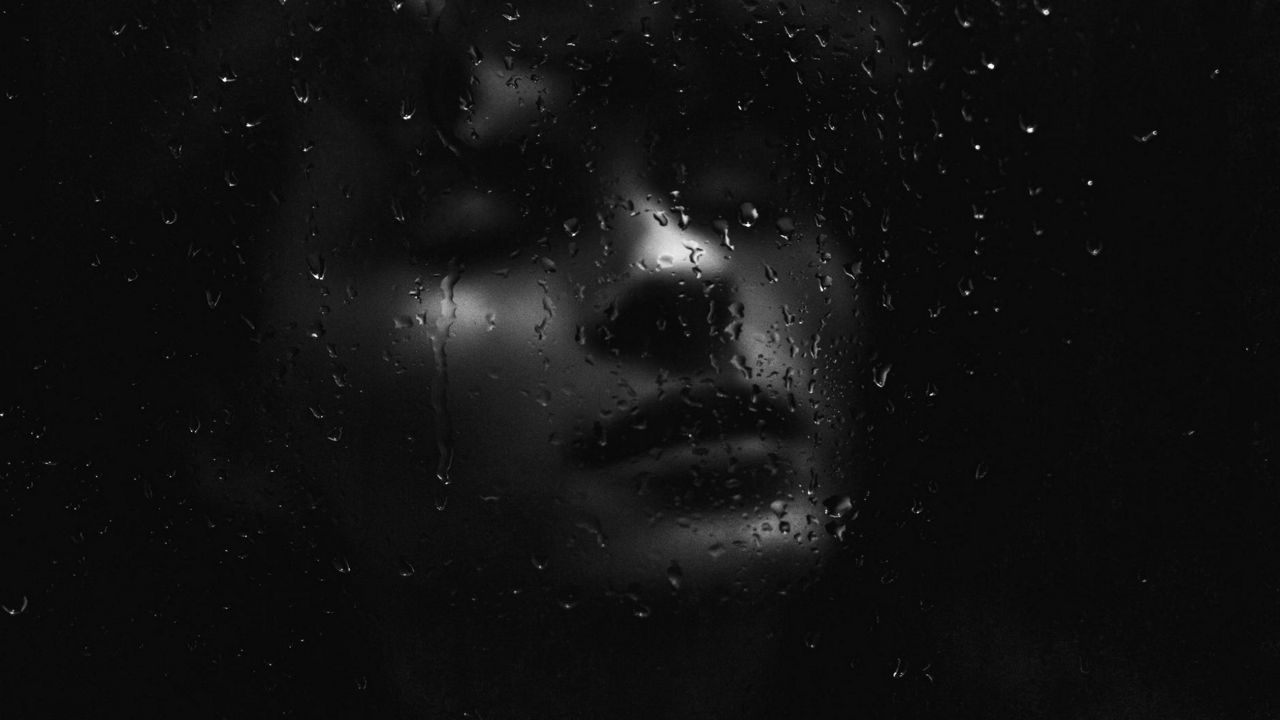We've all seen, felt, and most likely experienced what high humidity can do to our hair, but did you know that extreme high (or low) humidity can take an even more dramatic toll on your skin?
What You Need To Know
- Too little humidity can dry out and even damage your skin
- Too much humidity can cause irritations and even host harmful bacteria
- Knowing your specific skin type can help with keep you healthy in extremes
- Humidity levels at home in the 30 to 50 percent range work best for most people
As with almost anything in life, too much or too little of an extreme can be a bad thing. In the case of humidity, the effects can range from mild to detrimental.
Ideally, our outer layer functions best in a mix of humid and arid weather. But people living in an extremely dry environment like the deserts of Arizona or the high and dry plateaus of Wyoming rarely see humid days.
In those areas, they are susceptible to dehydration and water loss on an almost daily basis. This can lead to itching, scaly, and undernourished skin. In a sense, your epidermis can literally "dry up".
Not only can this lead to premature aging, but those with pre-existing conditions like eczema can experience more frequent flare-ups. Since our body needs water inside and out, a lack of moisture on the outer layer can make skin become painful.
If you find yourself traveling to, or spending time in, a very dry climate, your best tool will be moisturizer. According to one local dermatologist, any good quality moisturizer that's waterproof and sweat-proof will do the trick.
And don't forget to choose one with an SPF of at least 30 for added sun protection.

On the other end of the spectrum, extreme humidity can wreak havoc on our skin as well. In the summer especially, the combination of high heat and humidity can cause excessive sweating.
While sweating is a good thing (it's the mechanism that helps keep our body cool), it can cause a myriad of other issues.
Those with acne-prone skin can very easily breakout when the humidity climbs. The combination of sweating and clogged pores (especially for those who wear makeup) can make already oily skin even worse.
In these cases, dermatologists recommend cleansers with hydroxys and exfoliating agents that can reduce skin debris and help unclog pores.
Another problem that can occur in extreme humidity: sweat ducts closing off. Anhidrosis occurs when your glands don't function properly.
While several factors may contribute to this issue, extreme heat and humidity can trigger anhidrosis, which will cause moisture to get trapped under the skin, causing heat rashes and other heat-related illnesses. Bumps and blisters are the first sign of anhidrosis.

Knowing your skin type is a good way to start the process of healing when high or low humidity affects your skin.
In arid climates, moisturizers are key, while in humid climates, the right cleansers may be what's needed to help calm your skin and pores down. It is important to note that many products are meant to be used at night, due to them causing sensitivity to the sun.
As always, products with SPF (at least 30) are going to help you stay healthy no matter what kind of climate you live in. Consulting a dermatologist is also important, as they can diagnose problems and help you manage skin issues, no matter the weather.
